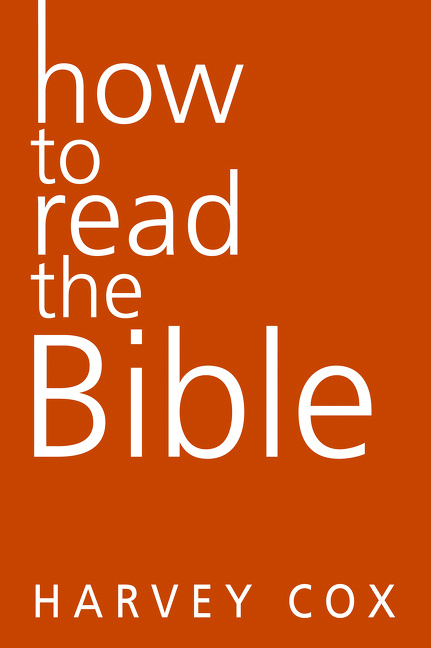
How to Read the Bible
By Harvey Cox (HarperOne, 2015)
In 1965 a young Harvard theologian named Harvey Cox achieved national fame with The Secular City (rereleased by Princeton University Press in 2013), a book that encourages churches to engage with movements for social change. The book sold more than a million copies and is generally regarded as one of the most influential works of Protestant theology in the 20th century.
Fifty years later Cox is still publishing, and still provocative. His new book, How to Read the Bible, is a tour through both the Bible and the history of biblical criticism. With such a wide diversity of approaches to reading the Bible available, it is easy to be overwhelmed. Cox shows he has lost none of his talent for expressing complex ideas in accessible ways.
Cox’s method is to take a book of the Bible and show how particular schools of criticism open up new insights. In his chapter on Genesis, for example, Cox explains the use of “source criticism,” an approach that was originally developed in the 19th century. Genesis, notes Cox, is a collection of stories by four or five different authors, each of whom has their own writing style and theological point of view. Understanding these different “sources” leads to a deeper appreciation of the various stories in Genesis.
One of the more intriguing ideas Cox discusses is “empire studies,” an approach to the New Testament that acknowledges the influence of the Roman Empire on virtually all of its texts. The apostle Paul is often read as a supporter of the political status quo, but such a reading, argues Cox, ignores Paul’s much more pervasive critique of the Roman imperial cult, which used terms like “Lord” and “Prince of Peace” to describe the Emperor. In this context, Paul’s repeated claim that “Jesus Christ is Lord” is not merely a pious assertion but a statement with radical political implications.
This review appeared in the August 2015 issue of U.S. Catholic (Vol. 80, No. 8, page 43).











Add comment